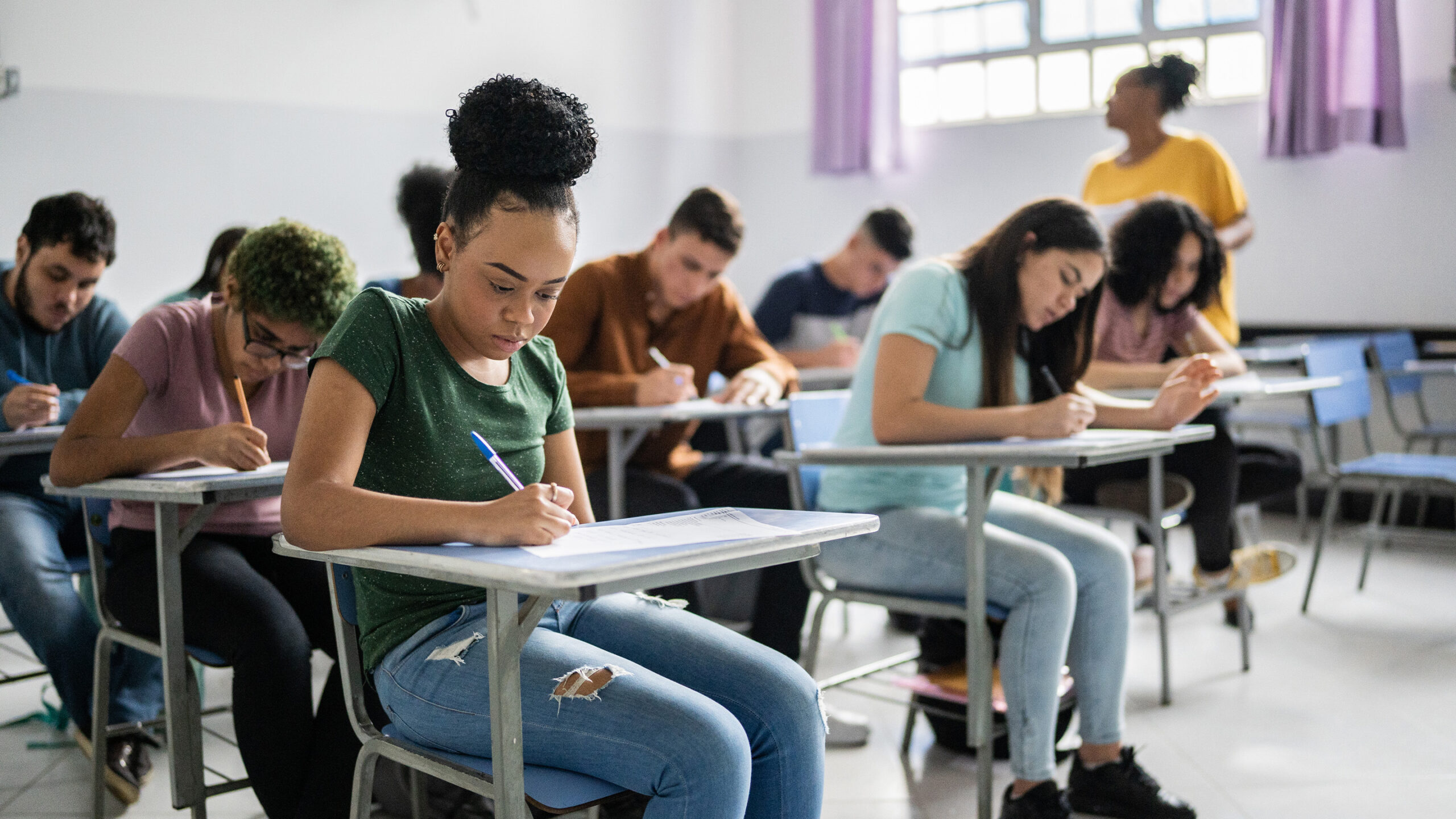During this summer, a team of students from MIT embarked on a journey to the sou …
Effective ways to provide high school students with ample opportunities for writing practice
Carlos Changemaker

Starting the writing process can pose challenges. Despite having a wealth of ideas, finding the right words to convey those ideas effectively can be time-consuming. Even experienced writers seldom get it right on the first try. The key is continual refinement through multiple drafts.
When it comes to teaching students to translate their thoughts into writing, the task appears complex. However, one straightforward and impactful aspect stands out—writing regularly. Writing, like a muscle, requires consistent exercise to improve stamina. More practice enables students to produce more content within set timeframes.
Accumulating a substantial amount of content serves as a reservoir of ideas and sample writings for students to hone their writing skills. Various strategies engage students in expressing their thoughts, helping them build a repository of writing pieces to utilize for diverse purposes throughout the year. Improved endurance allows writers to accomplish a variety of tasks for different audiences.
Quick Write–Free Write Combo
How do we facilitate idea generation and capturing for writers? The following combination strategy offers a reliable method to assist writers in achieving this objective. Initiating with a warm-up discussion on a topic, based perhaps on a reading or video, helps focus and engage students. Following the discussion, students transition into the writing process.
Set a timer for two to four minutes, varying based on students’ familiarity with this approach. They are instructed to write continuously, capturing thoughts from the warm-up conversation and any additional insights without pausing to correct grammar or spelling. After the time is up, students review their writing, highlighting at least three passages or phrases that resonate with them.
In the next step, students move on to the free write, with double the time allotted for the quick write. Selecting one of the highlighted passages from the quick write, students elaborate on it with more details, context, and perspective. They can switch passages if needed, enabling them to develop a rough draft to refine and shape in the writing process.
Pictures as Muses
Generating ideas can sometimes feel abstract, but pictures offer concrete contexts for writers to analyze, extract details, and make connections that stimulate their intellect and creativity across various subjects. The ideal image is rich in detail, presents contrasting viewpoints, or sparks a thought-provoking scenario.
The left image depicts climate change, while the right image serves as a story prompt: “I followed the music into the woods. A voice sang in my head, ‘What took you so long?’”
Additional sources for pictures include The Mysteries of Harris Burdick by Chris Van Allsburg, online photo galleries, and news outlet websites.
Teacher Modeling
Students often hold the misconception that their teachers effortlessly produce flawless writing in a single draft. By showcasing teachers’ early imperfect drafts and discussing their writing process aloud, educators can positively influence student writers. Revealing the decision-making process behind word choices and detail expansions tailored to the audience helps students understand how writers refine content through revisions. Teachers should participate in the strategies mentioned alongside their students to demonstrate the improvement process.
Teachers can share their initial drafts and provide verbal insights on how to revise and edit effectively. Utilizing generative AI as a tool for feedback on authorial techniques, content suggestions, and grammar checks aids in enhancing the original content and emphasizes the revision process over automated initial drafts. An illustrative sample of a generative AI conversation on author craft can be found in this PDF.
Make Work Public
Establishing a deadline for publication and making the work accessible can motivate writers to engage fully in the writing process. Submitting work solely to the teacher lacks the accountability of public exposure, whether through publication on a class blog, display in a hallway, or consideration by an outside entity. Submitting student work for public viewing constitutes publication, conveying to students that their ideas hold value.
By employing these strategies, student writers gain valuable practice with clear intention and purpose. Through collecting writing pieces from these exercises, they can refine their craft and produce their best work for potential publication. Engage in these exercises to empathize with students’ experiences, and like any skill development regimen, reflect on the progress in content creation and refinement to showcase growth as writers.


